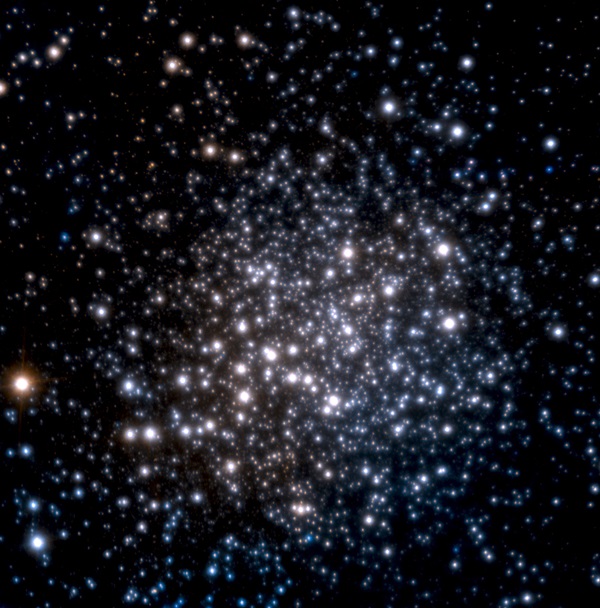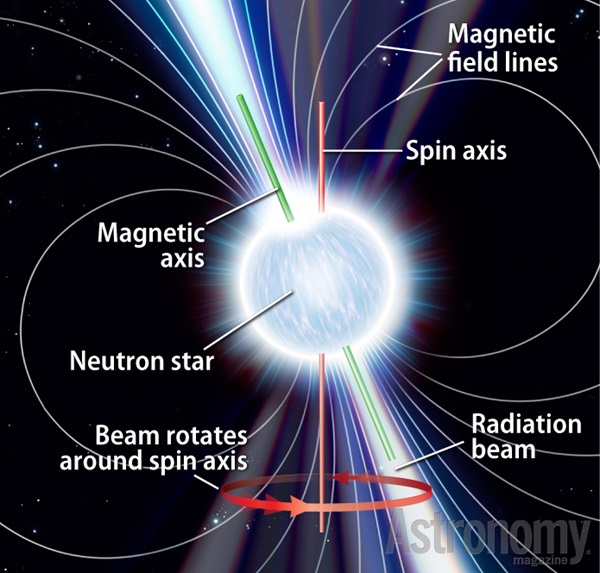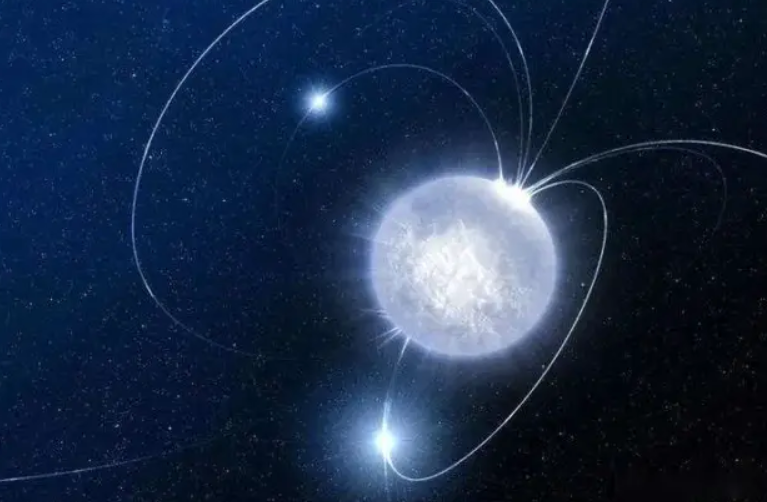Neutron Star Spins at 716 Times Per Second, Making It the Fastest Spinning Object in the Universe
What has made PSR J1748–2446 to be regarded as an object of strange behavior?
It is the only natural object that rotates faster than any other object in this universe. It is also a star which does not only have a surface, but it is stronger than even diamond. But its density is 50 trillion times greater than lead density. It stated that its magnetic field is one trillion times hotter than that of our Sun. It is, in other words, the most extreme type of neutron star possible. When a heavy sun dies by exploding as a supernova, its core, which is as big as several million Earths, condenses under immense pressure into a small sphere and the rest of the sun shoots out in all directions. This is how neutron stars are created. When this happens, it releases the inverse-square law of gravity into its demo-mode like no other.
Gravity runs wild here in this star since there is no fusion generator to produce pressure that would push the star outwards thereby preventing it from shrinking. When the collapsing star gets five times smaller, the inward-pulling surface gravity of this celestial body becomes 25 times stronger. If the star decreases to the size that was 100 times smaller than it was before, its surface gravity pulls everything inward with a force that is 100 x 100 or 10,000 times stronger and it gets worse.
The star contracts with increasing intensity as it gets smaller. Main-sequence stars with a solar luminosity barely contract as soon as they reach the size of the earth. Then, because each electron needs some space, there comes electron degeneracy pressure to say ‘no more’. However, if the star’s mass is greater than the so-called Chandrasekhar limit, which, for example, PSR J1748–2446 once had, electrons are pushed into protons, and the collapse goes on.
In this state, the atomic particles, which were distinctly individual before, merge and become integrated. It becomes a featureless, impersonal sea of ultra-bumpy slime, and mere millions of Earths now fit into a sphere under twenty-five miles (40 km) in diameter, smaller than the star of Los Angeles.
Its spin ratchets up, too, like an over-caffeinated ballerina. Frequently, these collapsed stars spin 20, 30, or even 100 times per second. However, if a neutron sun has a companion star, as this one does, it can accelerate even more with newly captured material. 716 spins of PSR J1748–2446 spins every second!

It may be quite difficult to fathom this. The object with the highest spin rate we are able to see in everyday usage is the blade of a circular saw or a kitchen blender. However, these objects never turn more than a few hundred revolutions per second. The equator of this star rotates at the speed of 0. 25 of the speed of light. Such rotation would equal one and half spins per second that is seven hundred and twenty spins per minute as opposed to the current spin of the equator of the earth which is one spin per day.
Consider residing there. Taxes would still be fairly low, although there are several disadvantages to these types of systems. It would be so strong that the gravitational force would squash you flat and your protoplasm would spread to the outer surface in a thin layer similar to an oil film. There is no way that a person can stand at a position higher than one atom. Rather, if one were to manage to retain consciousness one would see all the stars in the sky cross the firmament from east to west in less than a thousandth part of a second and each star would look like a straight line. Travelling in space is indeed very demanding as mentioned below.
Thus, PSR J1748–2446 does rotate as fast as can be expected it to do so. If it were to rotate any faster, it would have been casting out its material into space like the cream when one is using a fan to whip it.
Pulsars are like a lighthouse because neutron stars glow brightly whenever they turn and emit quick bursts of energy each time they spin. The source is called PSR J1748–2446 and it consistently produces an extremely rapid burst of light repeated over a broad spectrum of frequency. This object was initially detected in 2004 at Radio frequencies by Jason Hessels of McGill University in Montreal, Canada. The light looks continuous to us because the human eye cannot notice many flashes in a second, to be precise thirty flashes per second experienced from a movie projector.

In the constellation of Sagittarius the Archer, 18000 light-years away and facing the center of the Milky Way is the fastest pulsar ever spotted. However, this cluster called Terzan 5 is challenging to observe because of the dusty gas in the foreground. The Terzan 5 is the only cluster that has a higher density of stars than the other clusters and is composed of stars of different generations. According to some theorists, this cluster may be the debris of a dwarf galaxy merged with the Milky Way.
PSR J1748–2446 is also interesting for the same reason as it is located in a binary star system. Its neighbor is a behemoth of a star that is seven times smaller than our Sun; these two stars move in circles around their common center in precisely 26 hours. When they orbit, the companion star obscures the pulsar each day, shielding 40% of its brilliance. This eclipse makes the ultra-fast pulses fade out in a rhythmic and periodic manner and therefore forms two kinds of variability.
The whole situation seems to be getting more and more interesting.
Do not forget to share your opinion with us to provide you with the best posts !




0 Comments